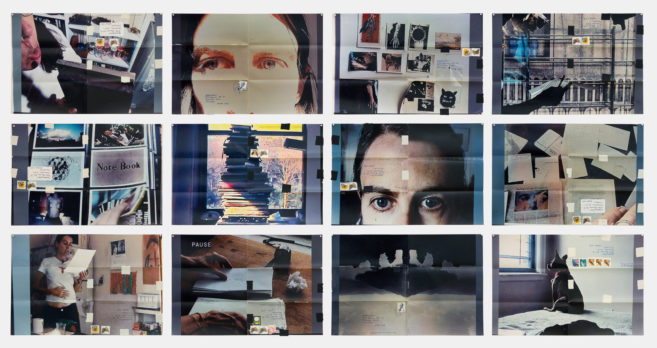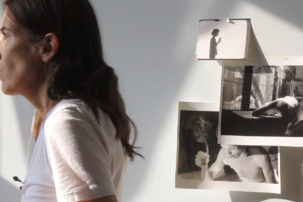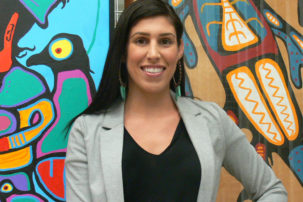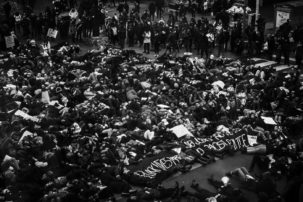Tonight, Shelley Niro won the seventh annual Scotiabank Photography Award in a ceremony at the Ryerson Image Centre in Toronto.
The Scotiabank Photography Award includes a $50,000 cash prize, a solo exhibition at the Ryerson Image Centre during the 2018 Scotiabank Contact Photography Festival, and a book of the winner’s work to be published and distributed by Steidl.
The other two finalists for this year’s prize, Raymonde April and Donigan Cumming, receive cash prizes of $10,000 each.
Shelley Niro was born in Niagara Falls, New York, in 1954 and currently lives in Brantford, Ontario. She is a member of the Six Nations Reserve, Bay of Quinte Kanien’kehaka (Mohawk) Nation, Turtle Clan.
For decades, Niro’s innovative and playful practice has changed how many people think about Indigenous art. Richard William Hill, Canada Research Chair in Indigenous studies at Emily Carr University of Art and Design in Vancouver, put it this way in his article “10 Indigenous Artworks that Changed How We Imagine Ourselves”: “It sounds ridiculous, but before seeing Shelley Niro’s ‘Mohawks in Beehives’ exhibition at Mercer Union in 1991, I did not realize that Indigenous identity could be treated—publicly—as an opportunity for boundary-crossing performative play. I knew that we had a lot of funny people in our communities, and that this sort of play happens regularly in daily life, but being an ‘Indian’ in public seemed like serious business involving predictable performances. Niro changed all that and paved the way for other flamboyant, trope-busting personae soon to be brought on stage by artists like Lori Blondeau, Kent Monkman and Terrance Houle.”
Niro has a range of approaches to her photographic work. For The Rebel, the 1991 artwork that Hill noted in his article, Niro and her sisters adopted various camp personae and “invaded downtown Brantford” in the wake of the Mohawk defense of Kanesatake and the first Gulf War. Currently, Niro has an project called Battlefields of my Ancestors installed at two outdoor sites in Toronto as part of the Contact Photography Festival; her photos of historical plaques and contemporary landscapes where her Mohawk ancestors once fought flank the bronze sculpture of residential-school proponent Egerton Ryerson on his namesake university’s campus, making his more problematic legacies visible, and they also appear at Fort York, a contested site that many First Nations warriors defended during the War of 1812.
Niro’s work also involves painting, beadwork, installation and film. Earlier this year, she also won a Governor General’s Award in Visual and Media Arts.
Previous winners of the Scotiabank Photography Award include Suzy Lake (2016), Mark Ruwedel (2014) and Stan Douglas (2013).
Members of the 2017 prize jury included UK-based Canadian artist Mark Lewis, University of Guelph professor and Border Crossings senior contributing editor Robert Enright, and VOX executive and artistic director Marie-Josée Jean.

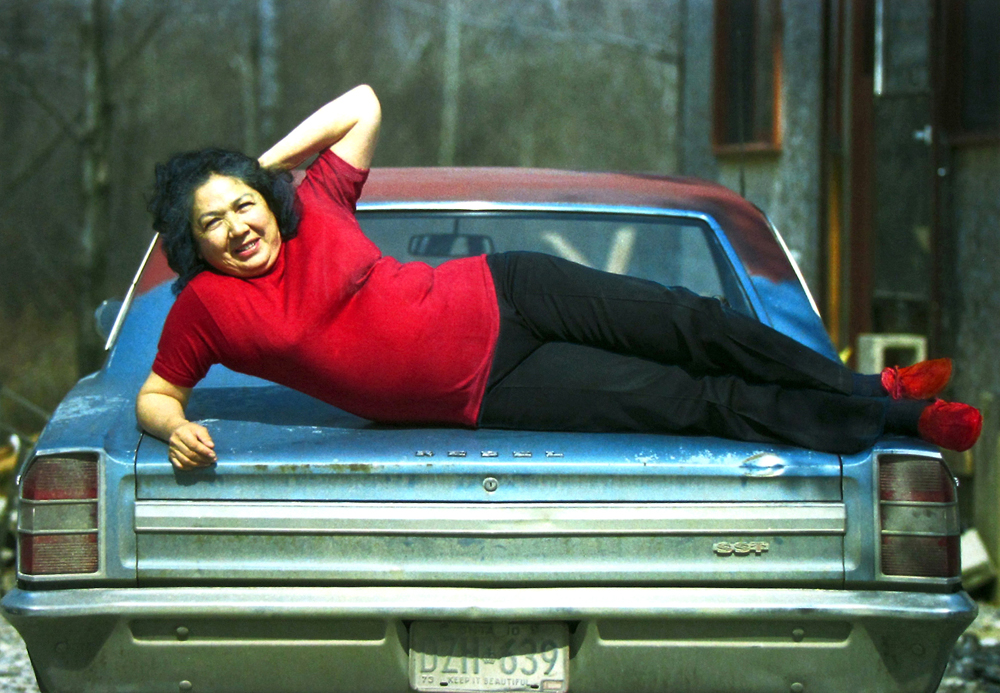 Shelley Niro's The Rebel (1991) is a work that stands as "a timely reminder of the power Indigenous women could exercise," Richard Hill writes.
Shelley Niro's The Rebel (1991) is a work that stands as "a timely reminder of the power Indigenous women could exercise," Richard Hill writes.
